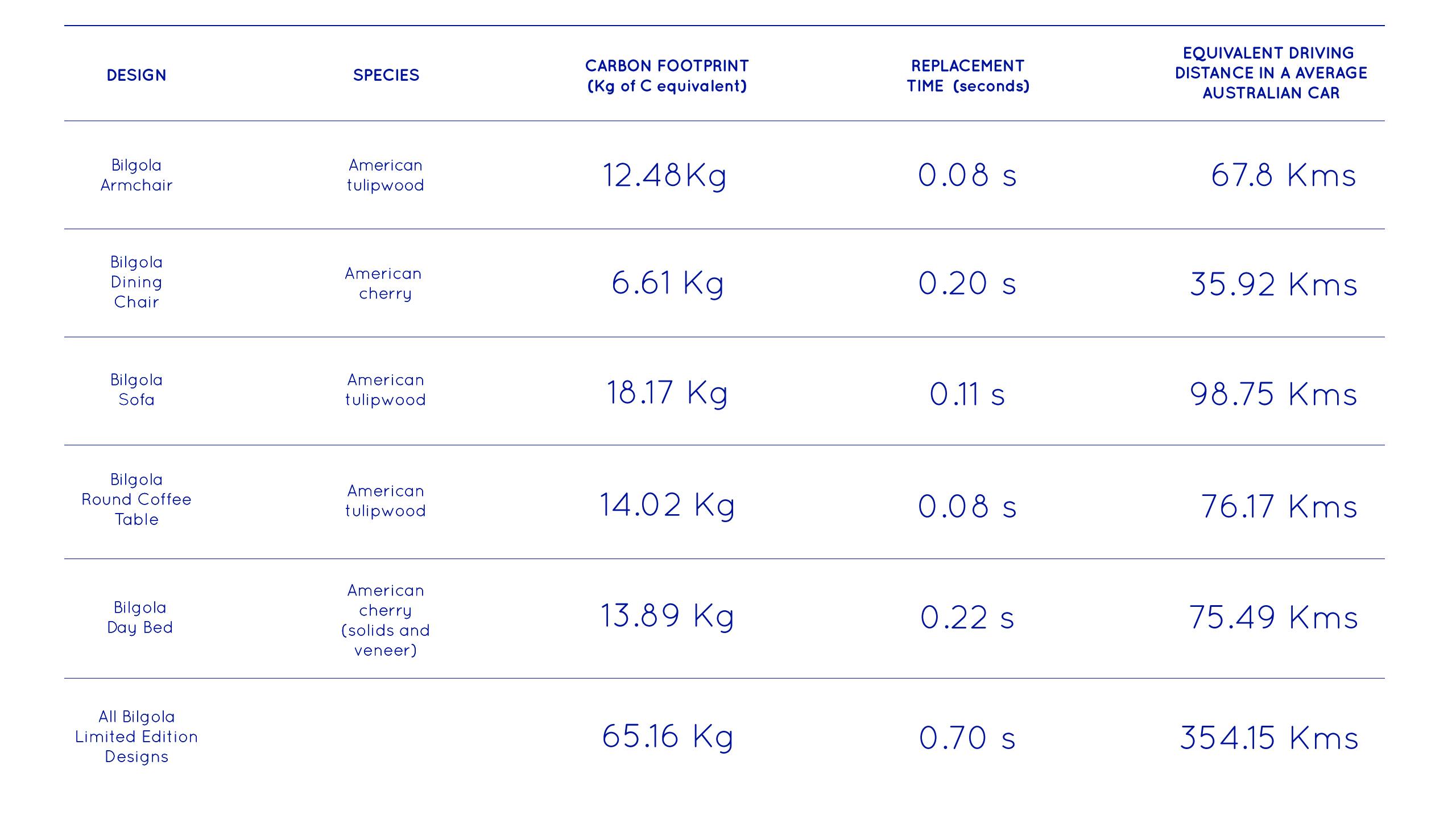ENVIRONMENTAL PROFILE
To fully comprehend the underlying sustainability of using American hardwoods requires an appreciation of the sheer scale of the American forest resource and the speed with which it replaces itself.
The area of hardwood and mixed hardwood / softwood forest in the US is approximately 120 million hectares, which is about 16% of the total land area of Australia.
Predominantly in the hands of small, private landowners, hardwood trees are selectively harvested and replaced with new growth through natural regeneration.
The latest United States Department of Agriculture data shows that, whilst hardwood forest growth is 271 million cubic metres per year, removals total just 141 million m3 – that’s an increase of 130 million m3 in standing hardwood volume each year.
WHAT IS LCA?
Environmental life cycle assessment (LCA) is a means of measuring all impacts of production and use of materials from growth, treatment, transport, manufacturing, treatment, use and ultimately disposal.
It considers a number of impacts on the environment including carbon footprint, acidification and eutrophication potential, photochemical ozone creation and energy demand.
BILGOLA LIMITED EDITION
Analysis underlines the positive environmental credentials of American cherry and tulipwood.
The carbon footprint total for all the designs is only 65 kg CO2 eq., about the same as driving 350 km – remarkable when it is considered how far the wood had to travel, due to the large amount of carbon stored in the finished designs, the offsets from incineration of waste wood, and low energy inputs throughout the life cycle. The environmental impact was helped by the thinner sizes of timber used in the project and that the hardwoods selected dry relatively quickly.
